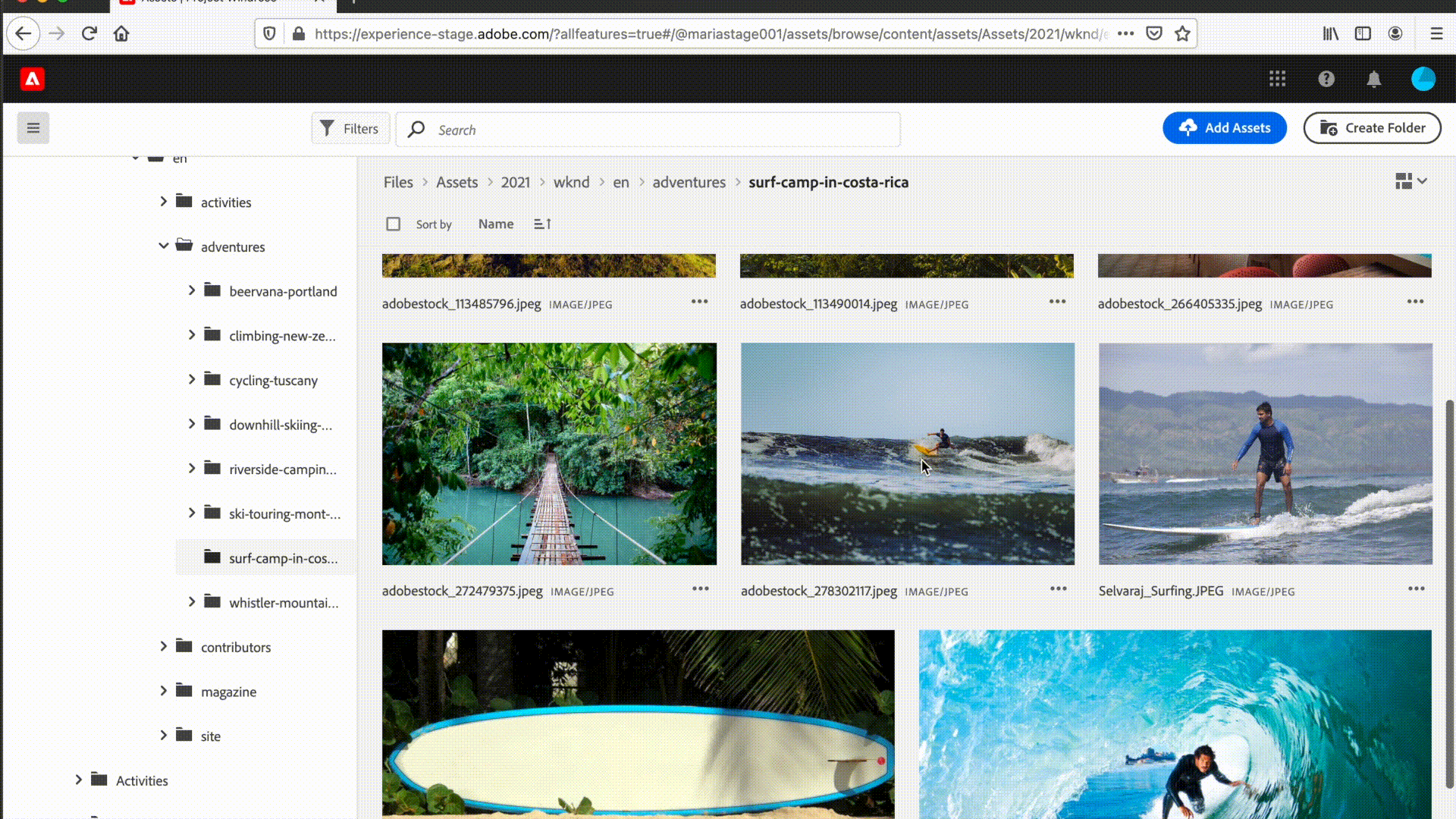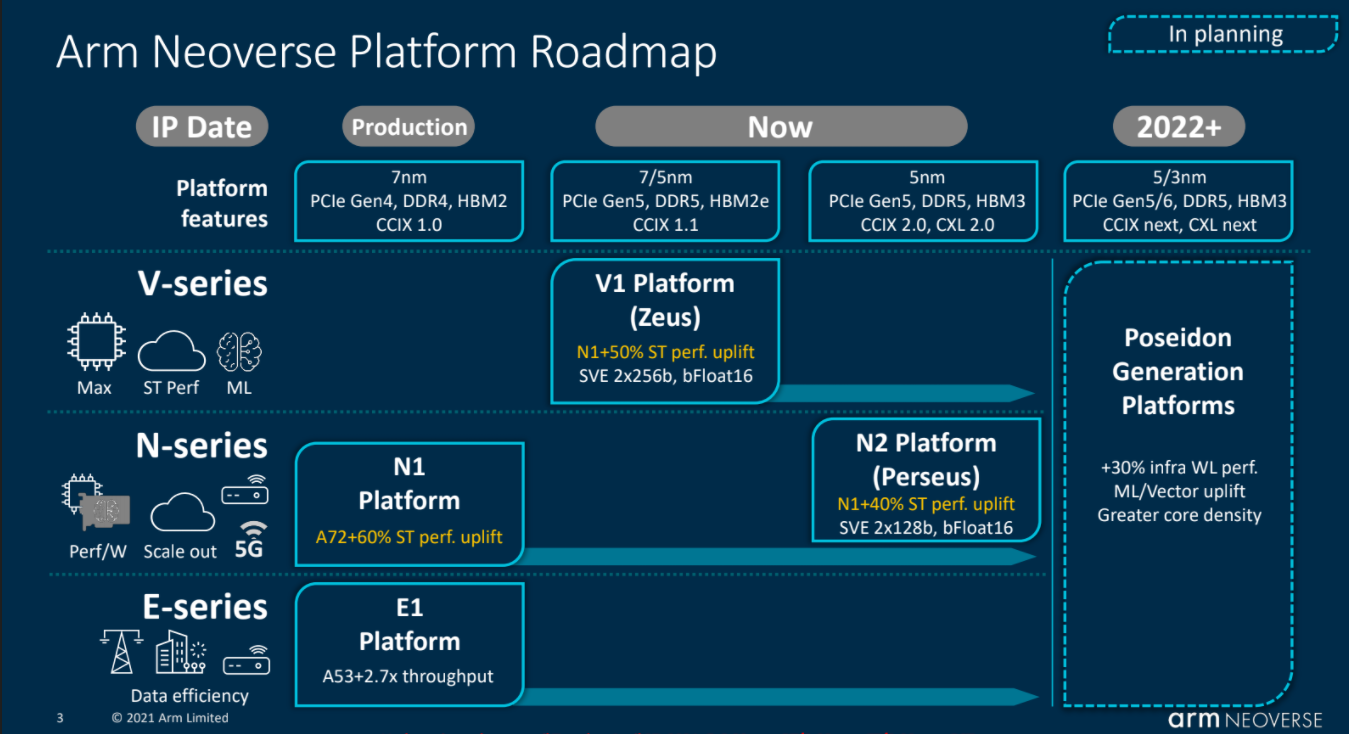The director of a new unit set up this month inside the UK’s competition watchdog — with a dedicated focus on tech giants’ impacts on digital markets — has been giving a hint of how it could operate, once it’s on a statutory footing and imbued with powers to sanction problem platforms and potentially even order some forms of structural separation.
The government announced its intention to regulate big tech in November last year — saying it would establish a “pro-competition” regime to tackle concerns associated with digital markets, such as ‘winner takes all’ network-effect dynamics.
It’s not clear when exactly that will happen — the government has only said it will do so as soon as parliamentary time allows.
The UK is devising its own approach to digital regulation now that the country is outside the European Union — where lawmakers recently proposed a major new set of pan-EU rules to apply to digital services (the Digital Services Act) and ex ante requirements for the largest tech giants (the Digital Markets Act).
EU lawmakers have also proposed draft rules for high risk applications of AI, while the UK has an Online Safety bill in the pipeline (a legislative proposal is due this year) — so there are a lot of new digital rules being written right now, and the potential for confusing and counterproductive regulatory overlap if lawmakers don’t end up on the same page.
Continued divergence of approach between the UK and the EU is, nonetheless, to be expected, even as UK lawmakers say they want to engage with the international community as they work on drafting rules to ensure a British digital rulebook aligns in spirit (if not letter) with requirements being shaped for Internet platforms elsewhere.
The UK’s Digital Markets Unit (DMU) launched earlier this month, to help support the government as it drafts legislation to put it on a statutory footing and ahead of the unit being able to function as big tech’s British overseer.
Speaking at a conference on Friday the head of the DMU, Catherine Batchelor, detailed the approach she wants the unit to take, and some of the powers it has advised the government it needs to deliver on ministers’ goal of fostering competition in tipping-prone digital markets.
Giving an overview of the issues, she said a new approach is needed to regulating digital markets owing to changed dynamics — noting that companies “who were once garage startups or started from campuses in universities [and] are now the most powerful firms across the world” — and saying tech giants have been able to accrue so much market power as a result of digital market characteristics like access to data; network effects and economies of scale associated with platform business; and the ecosystems firms have been able to build around their core businesses — leveraging those interlocking benefits of data, scale and network effects to also acquire rivals to (further) grow and consolidate a powerful position.
“You might say well what’s the danger of that? But I think we see the danger of that on a day to day basis. Firms can use this position to exploit the consumers and businesses that rely on them,” she explained. “From a business perspective that might be the price you’re paying to sell your goods and services on the marketplace or the price you’re paying to list your app in an app store or the price you’re paying to advertise your products and services.
For consumers she pointed out they may be ‘paying’ for free digital goods and services with their attention or data, highlighting concerns over whether the amount of data being provided by users is a “fair exchange” for what they’re getting in return.
On the business side, Batchelor pointed to ‘self preferencing’ as one of the problematic “exclusionary” tactics tech giants indulge in that the unit will be seeking to tackle. “The overarching impact of that is a less vibrant digital economy,” she said. “You don’t have these new tech firms coming through, able to grow in the way the ones of old were.”
The problem with trying to tackle unfair (digital) market behaviors with existing competition law is that it can’t be “proactive and preventative”, she said — hence DMU has recommended setting rules that prevent firms from engaging in such conduct in the first place.
But she also said the unit is keen to avoid the risk of over-regulating. So unlike the EU’s DMA proposal it hasn’t supported having a set list of ‘dos and don’ts’ to apply universally to all platforms which fall under scope of the regulation.
Instead she said it wants more flexibility to target requirements at specific platforms — to take account of unique characteristics and any variations in market or operation.
On the question of who would fall under scope of the incoming pro-competition regime, the unit has recommended an “evidence-based assessment” to define whether or not a firm has ‘strategic market status’ (SMS) — meaning they are “in a position which is unlikely to be transitory”, as she put it.
“Our recommendations were that to come within scope of this regime the DMU should have to assess whether a firm has substantial, entrenched market power and that that market power provides the firm with a strategic position,” she went on. “We’ll be looking at the factors which might lead to that entrenched position — so things like barriers to entry and expansion.”
“The addition of strategic position is probably the more novel or more new element,” she added. “What we are getting at with that is whether the effects of the firm’s market power are particularly widespread or significant.”
Batchelor also gave a few examples of what strategic position might boil down to. Such as the sheer size of the business (which makes its impact particularly significant or widespread); or that the firm acts as an important access point to businesses trying to reach customers (along the lines of the ‘gatekeeper’ designation EU lawmakers have used in the DMA); or its ability to leverage or extend its market power from a core operational market into neighbouring markets.
The recommendation is for the SMS test to be carried out by the regulator, which would consult and take views during the process of arriving at a designation — a period which she suggested could take as long as a year.
It has also recommended that the SMS designation — once arrived at — is fixed for a set period. (Batchelor said they’d recommended five years.)
Firms that meet the SMS test will be subject to the full sweep of the pro-competition regime. The DMU wants this to include a preventative code of conduct — specific to the firm but with general objectives set out in legislation (such as “fair trading, open choices and trust and transparency”). And the government appears to have accepted that approach.
Also speaking at the conference was Harry Lund, who works on digital policy at the Department of Digital, Media, Culture and Sport, as deputy director for digital regulation and markets, as it draws up the new competition approach.
“At the centre of this regime will be an enforceable code of conduct to provide firms with substantial and endearing market power — so ‘SMS’ status — with clear expectations over what’s acceptable and what’s not acceptable behavior,” he said, adding: “The government has also accepted the case in principle for pro-competition interventions — which would address the underlying sources of market power, noting that these are potentially very major market interventions.”
Lund added that the overarching aim for the regime will be for regulators “to proactively shape platforms’ behaviour to avoid harmful behavior before it happens”, while when harmful behavior does happen the goal is to be able to address it more quickly then currently happens under existing competition law.
“The DMU would be able to set the code itself, very much targeted at the evidence of harms and problematic conduct that was identified through the SMS designation,” Batchelor went on.
“One of the key factors that we highlighted in our advice is the ability for these codes to differ between the activities of different SMS firms. So we are not necessarily recommending there is one code that is uniform across different SMS firms and activities but that there should be the discretion to be able to target those codes depending on the particular activity that is of concern, or the particular business model of the firm for example,” she went on, flagging that as a distinguishing feature from the European Commission’s approach — and part of the DMU’s philosophy of trying to avoid “over or under regulation”.
The idea is therefore “the ability to go further when you feel that it warrants it, but equally the ability to row back and take away regulation where you feel it’s not needed for a particular firm”, she also said, adding that the unit feels that’s “very important”.
Batchelor said the DMU has suggested each code be developed alongside an SMS designation — so that a consultation on a firm’s SMS status would happen in parallel to a consultation on a draft code of conduct for the same firm.
On top of the code, the DMU has proposed pro-competition interventions — which she said are intended to address the reason why a firm has a powerful position in the first place. The aim will be for interventions to try and promote “greater contestability, greater competition” in the markets where a given firm operates, she added.
“These are vital interventions if what you want to do is not just deal with the consequences of the firm having this powerful position — but actually try and change it for the future,” she emphasized.
The unit has suggested a range of pro-competitive interventions to be able to do the job — including data-related interventions, such as personal data mobility (so consumers can seamlessly move their data from platform to platform); interoperability; access to data (by competitors or third parties); common standards; and separation remedies — “not necessarily going so far as full ownership separation”, but perhaps separation of different business divisions within a firm, for example.
“We recognize that these are very significant interventions and would not be undertaken lightly. The idea around the pro-competitive interventions is that the DMU would have to go through… and evidence-based process to firstly identify what is the particular problem that is causing a lack of competition in the market but also then to satisfy itself that the remedy it’s proposing… is a rational, proportionate and effective way of dealing with that problem,” she added.
“We would expect significant consultation to go into the development of these remedies, and, for example, to undergo testing to ensure that they were effective and they were going to have the intended outcome. So we recognize the significance of these remedies but we also recognize how powerful they could be and we think they’re a very important part of the regulator’s toolkit.”
The DMU has also proposed a bespoke merger regime for firms with SMS — including an obligation to make the Competition and Markets Authority (CMA) aware of all intended transactions and mandatory notifications for some transactions that meet particular thresholds.
“This is in contrast to the CMA’s existing regime which is a voluntary regime,” Batchelor noted, saying the intent is to make sure the watchdog is in a position to consider the market impacts of proposed transactions.
Significantly, she said the DMU has proposed using “a more caution standard of proof” in relation to mergers — which could mean it will become much, much harder for tech giants to gain regulatory approval for acquisitions in the UK (assuming the government decides to take this particular piece of the DMU’s advice).
“What we’re saying is that with this mergers, quite often there is a small likelihood of a very, very significant impact on competition, with the likelihood for significant harm, and with these tech mergers where you have these firms in such significant positions perhaps having to say that on the balance of probabilities this merger is likely to lead to a significant lessening of competition is too high a bar,” said Batchelor, adding: “We think that [having a more cautious standard of proof is] really important so we can effectively scrutinize the mergers and acquisitions that these firms are undertaking.”
On the enforcement front, she notes that it’s important the DMU is able to take action if firms breach codes of conduct or pro-competition interventions.
Though she said it has suggested a “participatory” approach to tackling compliance issues in the first instance — “working with the firm in a relatively informal way”, i.e. to try and address the problem without regulatory sanction.
If that fails she said it’s recommended the DMU has the power to order firms to change behaviors to comply with requirements. And for those tech giants that act negligently or intentionally breach requirements the DMU wants to have the power to issue “very significant” penalties — of up to 10% of a firm’s global annual turnover.
Lund said the government has a number of priorities as it works on developing and implementing the new regime — which includes instructing the DMU to look at how the code of conduct could work in practice for specific sectors of the economy — such as content creators and news publishers (“where we know from the CMA’s market study and other work that there’s a particular competition issue”).
It is also seeking to shape international debate on digital competition — such as at the G7. “The international dimension of this is really important. The UK is not operating in a vacuum so we’re looking to build consensus, foster dialogue and increase co-operation with international partners as they seek to develop their own approaches.”
He confirmed that a consultation will be launched later this year to set out the government’s vision on digital competition and its specific proposals for the regime — fed by the expert advice from the DMU (which Lund said DCMS is now working through, as well as taking advice from other sources).
The final details of the regime — including key elements such as penalties for breaches — will be set out in a legislative proposal from DCMS once it’s concluded the consultation process.
The latter is slated to take place in the first half of this year, but there’s no timeframe from government on when it will introduce legislation. But the soonest would logically be the second half of this year — so there’s no realistic prospect of legislation being introduced before 2022.
During a Q&A discussion at the conference, Lund gave an example of a potential pro-competition remedy the DMU may be able to apply — albeit at what he couched as “the more radical end of the spectrum” — as ordering changes to default settings which affect how people’s data is collected, such as requiring an active opt in from consumers to gather their data, rather than consumers having to actively opt out.
It won’t be “one-size fits all”, he emphasized, saying “the tailored nature of the pro-competition interventions is that if that’s the issue then that’s where the remedy can be targeted”.
He added that the work reconfiguring competition policy for an era of digital giants is “complex and far-reaching”, adding: “A new competition regime will be a major change to the regulatory landscape so it’s really important we get it right.”












